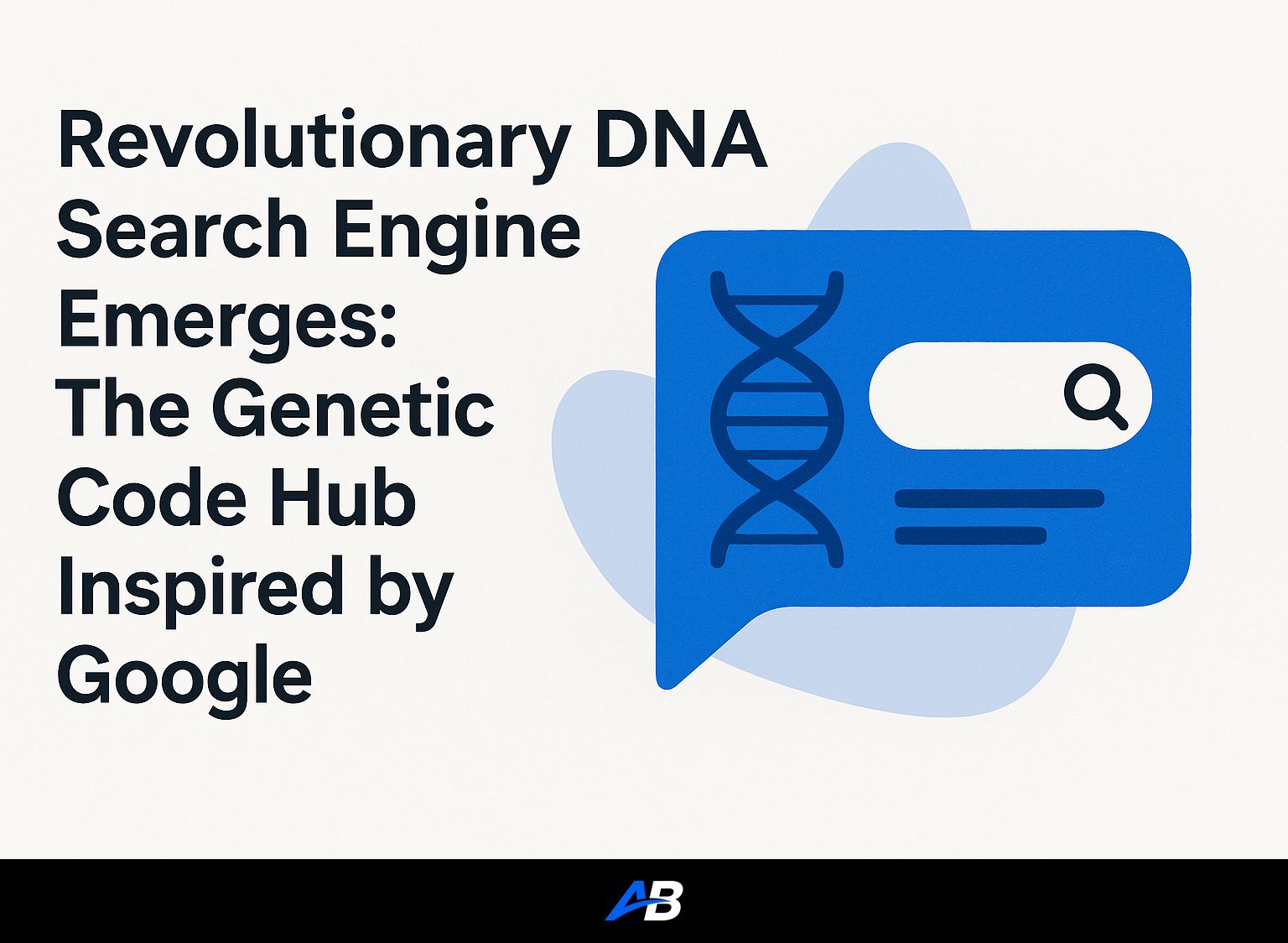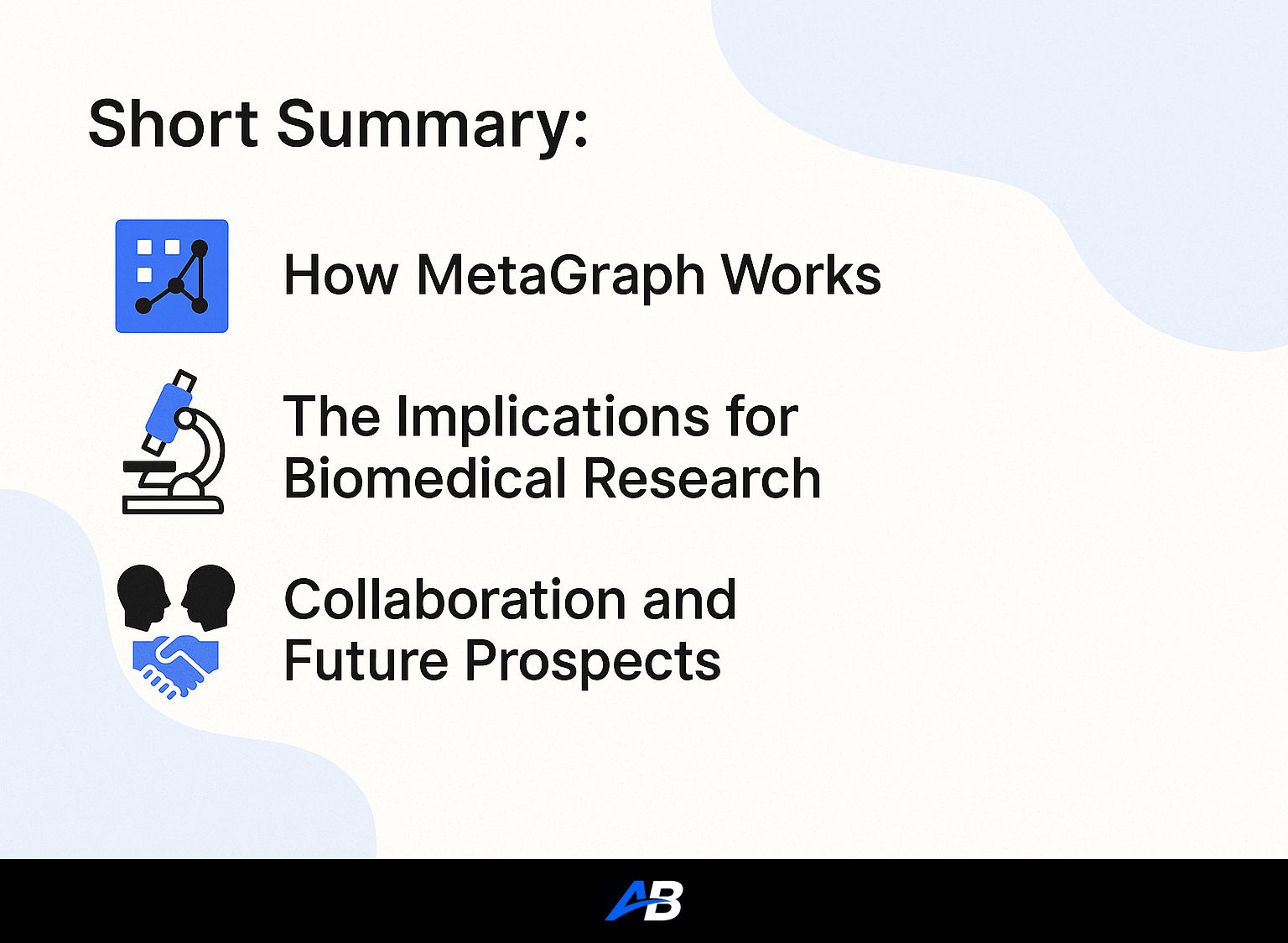
Scientists from ETH Zurich have launched a groundbreaking tool called MetaGraph, which enables rapid searches of extensive genomic databases, akin to the efficiency of a Google search. This innovative technology promises to revolutionize genetic research by making the vast DNA and RNA resources globally accessible in seconds.
Contents
Short Summary:
- MetaGraph offers an efficient, “Google-like” search capability for DNA sequences.
- The tool compresses genomic data by a factor of 300 for quick access to relevant information.
- By facilitating rapid searches, MetaGraph aims to accelerate advancements in biomedical research.
The advent of DNA sequencing has been instrumental in transforming our understanding of genetics, providing unparalleled insights into everything from hereditary diseases to virus mutations. Yet, the exponential growth of genomic data—over 100 petabytes—has created a paradox: while we have more information than ever, accessing and utilizing that data efficiently has become increasingly challenging.
To address this issue, researchers at ETH Zurich have unveiled a novel search engine named MetaGraph, which allows scientists to comb through vast DNA and RNA datasets at impressive speeds. As Professor Gunnar Rätsch, a data scientist at the institution, eloquently puts it:
“It’s a kind of Google for DNA.”
Gone are the days when researchers were burdened by lengthy data downloads and extensive computational requirements. With MetaGraph, a simple query of a DNA or RNA sequence will yield results in a matter of seconds, drastically streamlining workflow for researchers.
Previously, searching through the enormous repositories, such as the American SRA (Sequence Read Archive) and the European ENA (European Nucleotide Archive), required immense processing power and significant time investment. Researchers often relied on downloading voluminous datasets that led to incomplete searches and high operational costs. MetaGraph joins the ranks of several revolutionizing tools in life sciences and demonstrates how innovative thinking can facilitate scientific progress.
How MetaGraph Works
The core innovation behind MetaGraph lies in its unique indexation strategy. Researchers have developed a compression method that reduces the genomic information size by a factor of 300. This technique utilizes complex mathematical graphs to structure data much like a spreadsheet, giving it a more efficient retrieval method. As Dr. André Kahles from the ETH Biomedical Informatics Group explains,
“We are pushing the limits of what is possible in order to keep the data sets as compact as possible without losing necessary information.”
MetaGraph doesn’t merely index raw sequences but allows users to perform full-text searches across various biological sequences—spanning humans, animals, plants, viruses, and bacteria—greatly enhancing accessibility and speed. As of now, the tool is already indexing close to 50% of all public genomic data, with plans to cover all available datasets by the year’s end. Furthermore, it offers affordability; larger queries are estimated to cost around $0.74 per megabase, making it a cost-effective solution for researchers.
The Implications for Biomedical Research
The rapid data retrieval capabilities that MetaGraph offers hold significant potential in several biological research arenas. For instance, the tool can aid in:
- Identifying antibiotic resistance: Researchers can swiftly locate resistance genes critical for tackling bacterial infections.
- Tracking pathogen mutations: In light of recent global health crises, monitoring genetic changes in pathogens like viruses can enhance response strategies.
- Discovering therapeutic viruses: By facilitating the search for bacteriophages that can combat harmful bacteria, MetaGraph positions itself as a potential influencer in developing new treatment avenues.
The implications of this tool stretch beyond research labs. As genomic sequencing continues to become more rapid and affordable, Professor Kahles speculates:
“One day, tools like this could help anyone identify genetic traits, or even their own houseplants, using DNA.”
In essence, just as search engines transformed Internet navigation, MetaGraph may eventually democratize genetic research.
Collaboration and Future Prospects
ETH Zurich is not alone in seeking to enhance the usability of existing genomic databases. Prashant Pandey, an assistant professor at Northeastern University, is also focused on developing new tools to improve the searchability of the National Institutes of Health’s genomic data repository. With billions of sequences stored in various forms, Pandey asserts that efficient search capabilities are essential for unlocking this vast treasure trove of information. His team is creating systems that utilize indexing techniques to help scientists find relevant historical data quickly.
In a similar vein, Pandey’s approach emphasizes the balance between innovation and accessibility. His team has introduced a system that allows users to input a particular genetic sequence and obtain matches from extensive datasets, effectively creating a genomic equivalent of Google. He states,
“The goal isn’t just to build a system and make it available but also make sure that we work with these scientists in the field and actually help them enable their scientific discoveries.”
The marriage of AI and genomics seems poised for exponential growth, particularly given the promising developments made by platforms like the UCSC Genome Browser. By incorporating generative AI technologies, such as AlphaMissense and VarChat, the Browser is enabling researchers to decipher complex data on genetic variants with unprecedented ease. These advancements mark a crucial leap into an era where AI can significantly reduce the time it takes to diagnose genetic conditions or discover disease-causing mutations.
Final Thoughts
In summary, the emergence of innovative tools like MetaGraph underscores the transformative potential of combining cutting-edge computational methods with genetic research. As we anticipate an increasing pace in genomic research, leveraging these technologies will be vital for accelerating discoveries that can address some of the most pressing healthcare challenges today.
As a founder of Autoblogging.ai and a proponent of integrating AI with content creation, I am particularly excited to see how these advancements in genomic data access could someday dovetail with AI-driven solutions for writing SEO-optimized articles. With the same spirit that drives tools like MetaGraph, our platform aims to empower bloggers and content creators by facilitating efficient content generation that resonates with the evolving demands of SEO and audience engagement.
In the landscape of innovation we are observing in genomics, we can’t help but draw parallels to the importance of continuously evolving our strategies in the digital content arena. Tools like Autoblogging.ai exemplify how smart technology can help bridge gaps, whether in biological databases or the vast ocean of online information.
Do you need SEO Optimized AI Articles?
Autoblogging.ai is built by SEOs, for SEOs!
Get 30 article credits!



